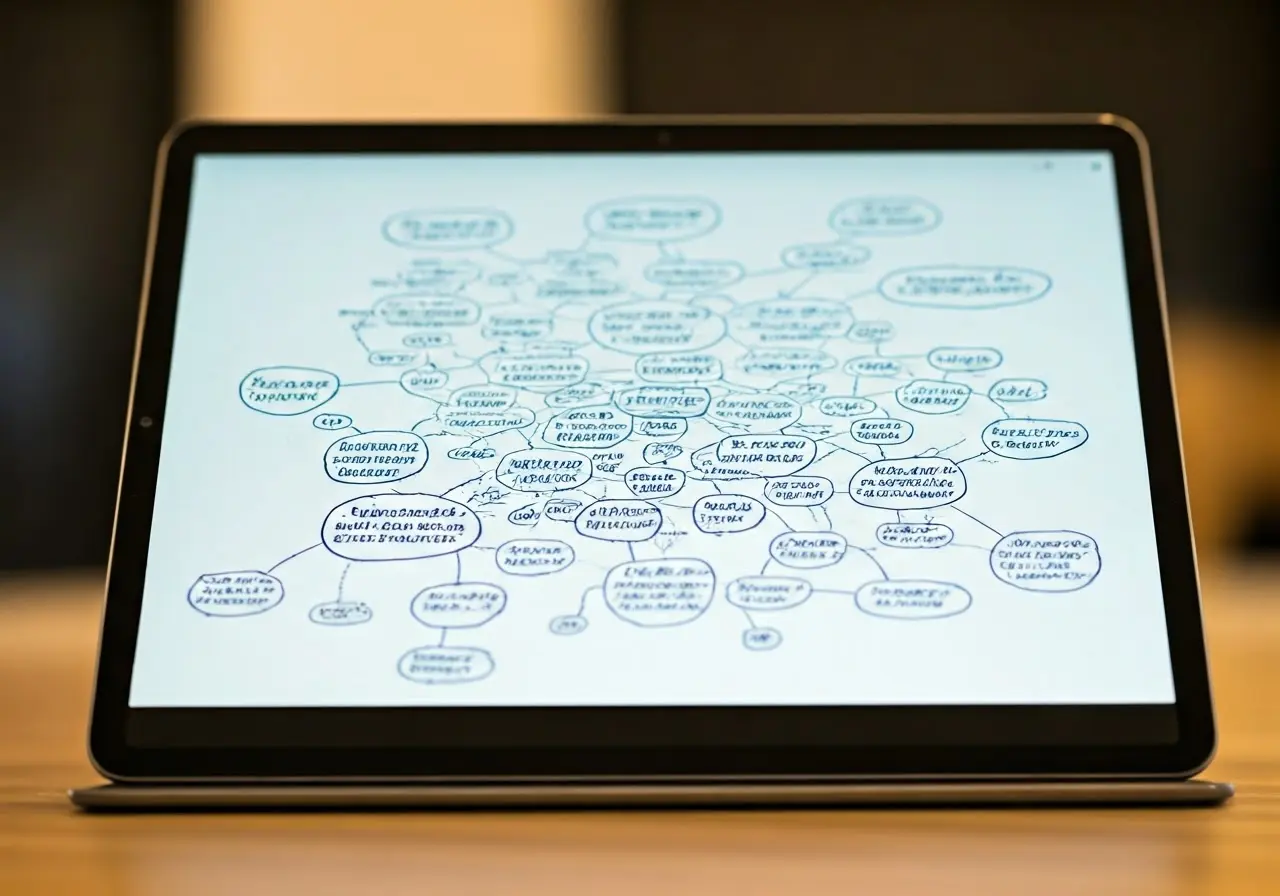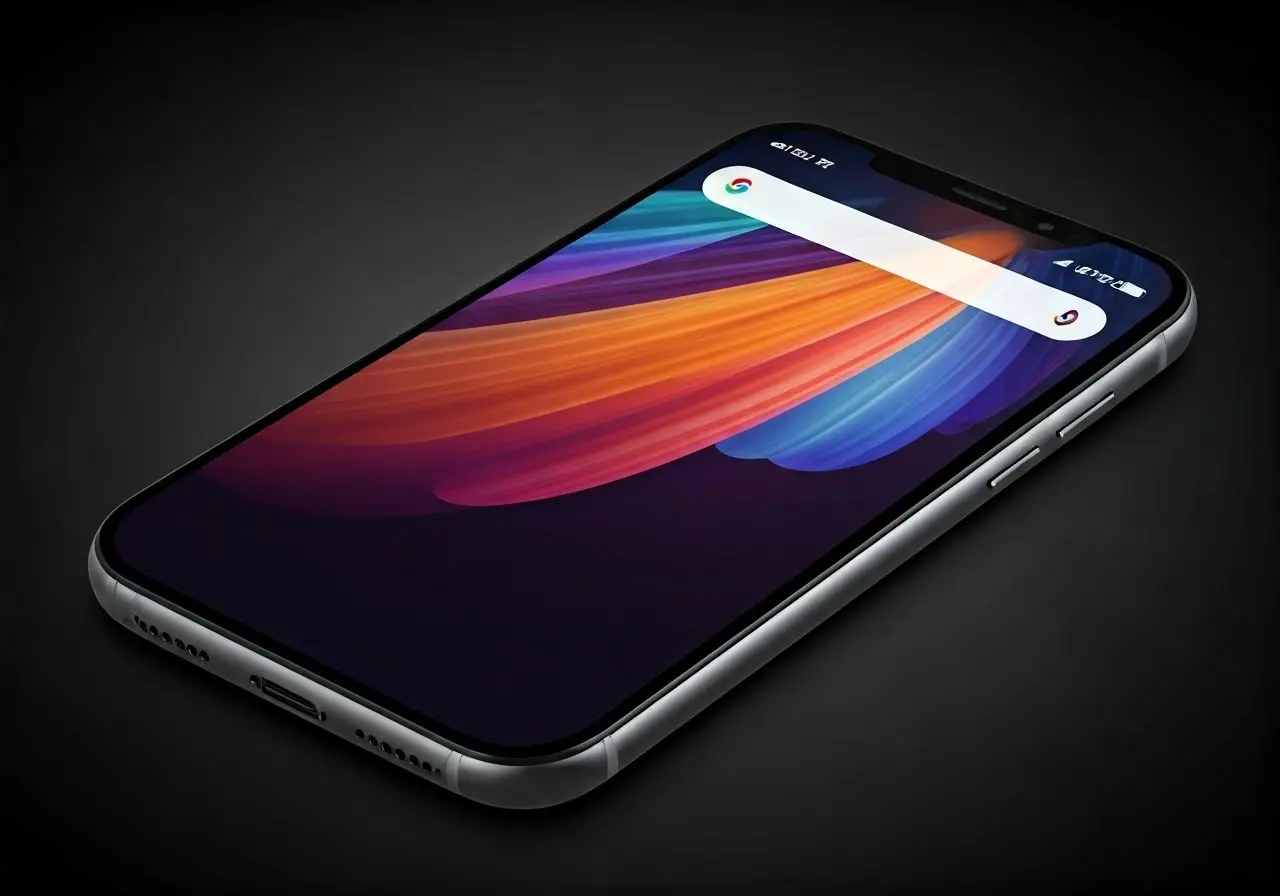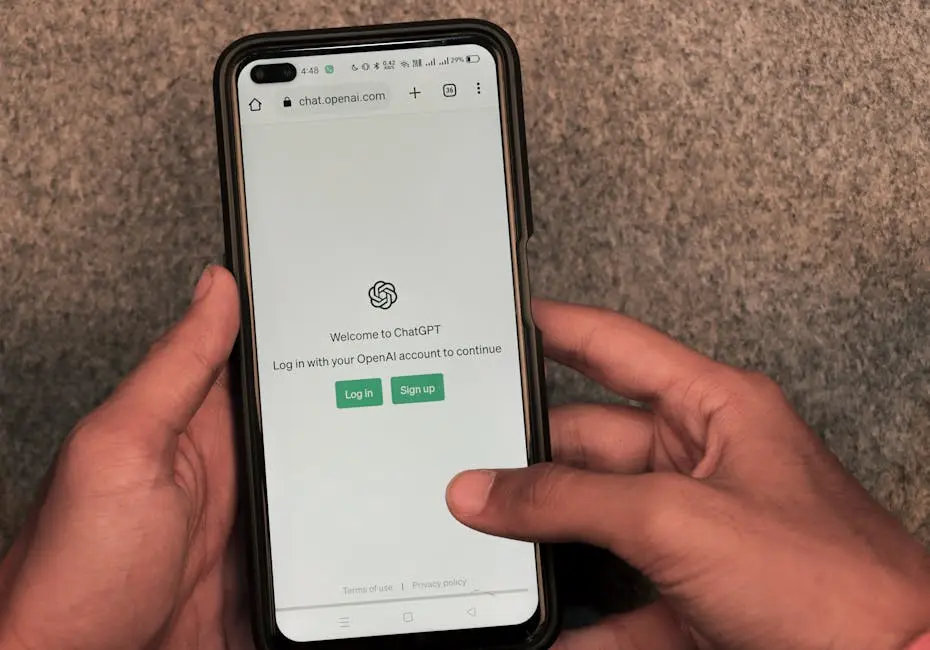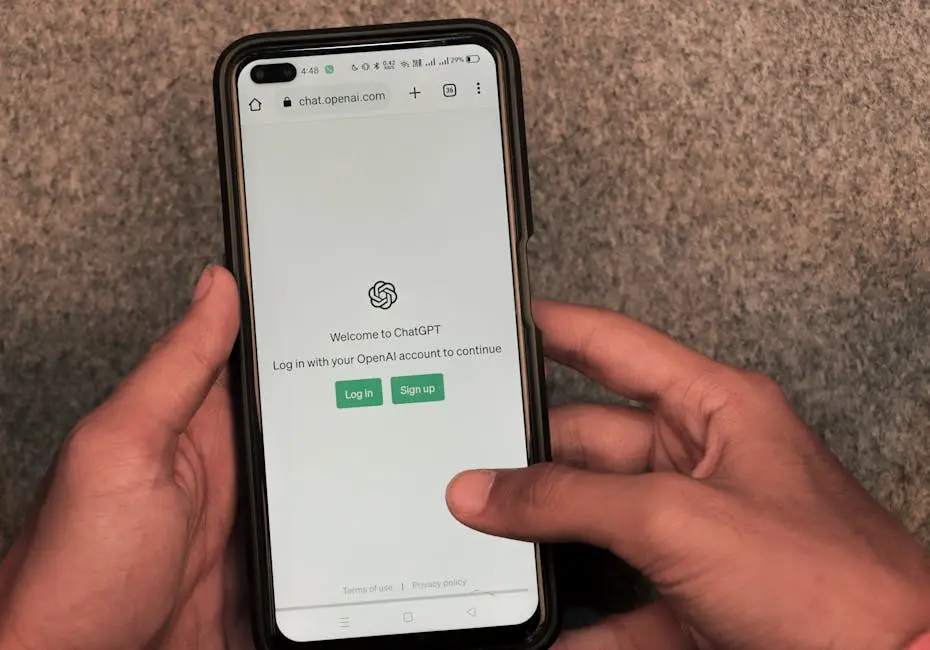9 Ways to Elevate Your App Design Strategy for Startups
Designing an app for your startup can feel overwhelming, but with a thoughtful strategy, your app can stand out in a competitive market. In this blog, we will explore practical and innovative ways to enhance your app design strategy and create an engaging, user-friendly experience.
1. Understanding Your User’s Needs
To design an app that resonates, start by understanding who your users are and what they need. Gather data, conduct interviews, and create personas to guide your design decisions. Understanding user needs goes beyond basic demographics; delve into their daily routines, challenges, and preferences. This detailed understanding informs every design choice, from color schemes to navigation elements. By ensuring that your design decisions are user-centric, you can significantly enhance user satisfaction and loyalty. A strong user research base will enable a responsive design that evolves to meet changing user expectations.
Utilize tools like surveys and focus groups to engage directly with your audience. These methods can provide invaluable insights into user preferences and help identify areas for improvement. You can also leverage analytics to track how users interact with your app, offering a data-driven approach to understand user behavior. Consistently refining your app based on this feedback will demonstrate to users that their needs are at the heart of your design strategy, fostering strong community engagement and brand loyalty.
2. Crafting a Strong Visual Identity
Consistency in design helps build brand recognition. Develop a cohesive style guide with fonts, colors, and elements that reflect your brand identity. A strong visual identity isn’t just about aesthetics—it’s an expression of your brand’s values and mission. A well-crafted logo and unique design elements help your app stand out among a sea of competitors, leaving a lasting impression on users. Your style guide should clearly define how visual elements like typography, imagery, and color schemes are used across platforms, ensuring your brand maintains a consistent look and feel.
Consider how your app’s visual identity can tell a story about your brand. Each color, font, and icon can evoke emotions that align with your brand’s personality. Choose elements that not only appeal to your audience but also encapsulate the essence of your brand. For startups, a dynamic and memorable visual identity can be a powerful marketing tool in itself, enhancing user engagement and instilling trust through professional and thoughtful design.
3. Prioritizing User Experience
A seamless user experience is key to app success. Ensure ease of use with intuitive navigation, simple interfaces, and quick load times. User experience (UX) focuses primarily on how users interact with your app, encompassing every touchpoint within their journey. Utilize A/B testing to refine navigation flows and identify which versions provide the best user engagement. An app that is intuitive reduces friction points which can deter users and lead to churn.
Think about accessibility and how diverse users may use your app differently. Providing alternative text for images and ensuring text readability can make your app inclusive to a wider audience. Accessibility options not only extend your app’s reach but also demonstrate your commitment to a broader, inclusive user base. Good UX design takes into consideration the smallest details, resulting in an app that anticipates user needs and provides a delightful experience.
UX isn’t just about functionality; it’s also about trust. Ensure that your app communicates clearly through prompts and error messages, guiding users effortlessly through every interaction. Delivering an excellent user experience is one of the most iterative aspects of app development, requiring regular updates and refinements based on user feedback and technological advancements. Make UX a priority, and your app can quickly become a favorite among its users.
4. Incorporating Feedback Loops
Feedback is invaluable. Regularly solicit user feedback and use it to make informed updates and improvements to your app design. Incorporating feedback loops in your design process involves more than just reading reviews. Actively listen to users by engaging with them on social media, customer support channels, and through direct in-app surveys. Use this information to identify pain points users encounter and iteratively refine the designs and functionalities.
Set up continuous feedback systems that enable users to report issues or suggest features directly within the app. This could be as simple as a ‘feedback’ button in your settings menu or an email contact readily available. By creating open feedback channels, you not only improve your app based on real user data but also involve your user base in the development process, ultimately fostering a dedicated community.
Utilize analytics platforms to study feedback trends and track the changes in user behavior post-update, which provides insights into the effects of your design alterations. Correlating feedback with analytics can form a comprehensive picture of your app’s performance from both qualitative and quantitative perspectives, allowing for more precise and user-focused improvements.
5. Staying Updated with Design Trends
Keeping up with the latest design trends can set your app apart. Think about integrating current styles like minimalism or gradients to add a modern touch. Align your app with cultural shifts and technology developments, ensuring it feels fresh and relevant to users. Engaging design choices can revitalize a user’s perception of your app, sparking renewed interest and interaction.
The digital design landscape is always evolving. Leverage industry reports and webinars to understand how trends like dark mode or neomorphism may enhance your app’s visual and functional appeal. Follow leading UX and UI blogs for inspiration and adapt those ideas to fit your brand’s identity, ensuring the trends you embrace resonate well with your target audience and elevate your app’s unique qualities.
6. Emphasizing Mobile Responsiveness
Ensure your app performs consistently across different devices and screen sizes. Responsive design is critical for user retention and satisfaction. As mobile usage continues to rise, optimizing for seamless experiences across smartphones, tablets, and desktops is non-negotiable. Users today expect flawless experiences from every device they interact with, and failing to meet that expectation can result in lost goodwill and revenue.
Test your app on various devices to understand how design elements adapt to different screens. Utilize adaptive design techniques and CSS frameworks to facilitate these changes. Remember that a responsive design must also take into account varying internet speeds and operating systems, ensuring a consistently high-performing app no matter the environment in which it is used.
7. Streamlining Onboarding Processes
A smooth onboarding process can increase user retention. Simplify steps, offer tutorials, and provide clear guidance for new users. Effective onboarding should introduce users to your app’s key features in an engaging manner, reducing cognitive load and anticipation of effort. Longer, information-heavy onboarding can intimidate users, whereas succinct yet comprehensive tutorials enhance your app’s accessibility and user friendliness.
Implement interactive walkthroughs that guide users through initial engagements, ensuring they feel comfortable and empowered to explore further. Prompt users with tooltips or hints that highlight critical functionalities when they first encounter them. Personalization at this stage, like customizing the user interface based on preferences, boosts user attachment and increases the likelihood of continued use.
8. Enhancing Accessibility Features
Incorporating accessibility features ensures that everyone can use your app. Consider voice controls, text-to-speech options, and customizable display settings. Accessibility isn’t simply a legal requirement; it’s a design principle that embodies inclusivity and empathy, allowing users of all abilities and disabilities to interact with your app comfortably and efficiently. Catering to an inclusive audience also opens your app to a broader array of users, providing a competitive edge.
Considerations for colorblind users or those with visual impairments, such as high-contrast modes or scalable fonts, enhance usability across user demographics. Regularly audit your app for compliance with accessibility standards, leveraging inclusive design resources to keep evaluations robust. By prioritizing inclusive design from the start, you demonstrate a commitment to diverse access, championing principles that align with industry best practices.
9. Embracing Minimalism
Minimalism helps in focusing users’ attention and improving usability. Limit clutter and use whitespace effectively for a clean and efficient design. A minimalist approach aims to streamline user interaction by placing importance on essential features, ensuring that users can navigate effortlessly without being overwhelmed by too many choices or distractions.
The principle of ‘less is more’ resonates strongly within the app design community, as it promotes clarity and focus. By embracing minimalism, you facilitate a smoother user journey, highlight essential content, and increase the intuitive use of your app. Retain features that align closely with user goals, ensuring interactions are efficient and purposeful, without unnecessary complexity or ornamentation.










